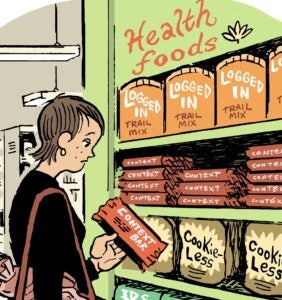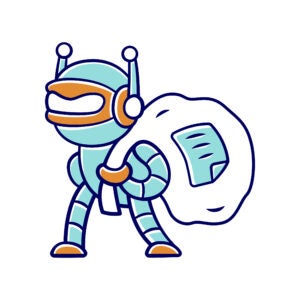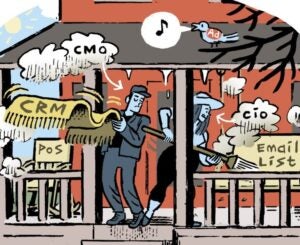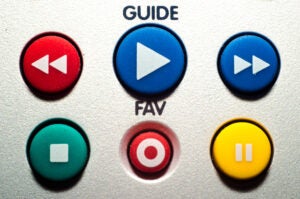 “Brand Aware” explores the data-driven digital ad ecosystem from the marketer’s point of view.
“Brand Aware” explores the data-driven digital ad ecosystem from the marketer’s point of view.
Today’s column is by Mike Zeman, director of global programmatic marketing at Netflix.
Imagine you’ve walked into a convenience store to buy some milk. The cashier says, “That’ll be $5.” You hand him a $5 bill, only to be told, “I’m sorry, for anything above $1 we don’t take cash, only checks.”
You are bewildered. The store set the price of milk at $5. You try to pay in a way that is most convenient for both of you – no processing, just cash. And you’re denied.
Illogical, yes? This is what is happening across the digital marketing ecosystem today.
Today, most publishers are willing to put unsold inventory into the programmatic ecosystem for easy purchase. That’s the convenience-store equivalent of accepting cash for items that cost less than $1.
However, for formats and placements with a higher sell-through rate, such as home page takeovers or pre-roll, publishers create more friction in the buying process. They force marketers and agencies to work off an IO, rather than the more seamless process of enabling a demand-side platform (DSP) to procure access, which would be the “cash” in our metaphor.
Remember, just because a DSP is involved in the process doesn’t mean that the media must be auction-based. In other words, the buyer is not trying to pay less for the milk by using cash over other forms of payment, although it’s possible to make that argument based on sales overhead. Rather, the buyer is simply trying to pay the same amount in a way that is far more convenient for both parties in the transaction.
In a perfect world, this is a programmatic reservation. Short of that, a private or direct deal with a price floor equivalent to an IO-based buy does the trick.
And yet, the potential win for publishers doesn’t stop at “same money, made easier.”
Here’s another example. Imagine a business with 50% market penetration prefers spending media dollars on noncustomers for the purpose of acquisition. In today’s world, it can’t suppress its current customers from many of the premium placements it buys because, again, it is not programmatically enabled. This means its ad buys have an automatic 50% waste rate. Said differently, its effective CPM against its target is twice its actual paid CPM, say $5.
This presents an additional avenue to efficiency for both the buyer and seller. If the buyer was enabled to only target buy non-customers, it should, in theory, be willing to pay anything between $5 and $10. The publisher can therefore increase CPMs for this buyer and sell the balance of the inventory in a similarly addressable fashion to other buyers, such as pet owners to pet food companies. Now the publisher has made repeat buying easier while also increasing its effective CPM.
Publishers, by all means set the prices you see fit for your high sell-through inventory. But, don’t succumb to the misguided myopia that programmatic equals yield destruction. Marketers are ready to pay you more – and more often – for your valuable goods.
Take the money. And in the process, you will give your audience a more relevant advertising experience.
Follow Netflix (@Netflix) and AdExchanger (@adexchanger) on Twitter.













